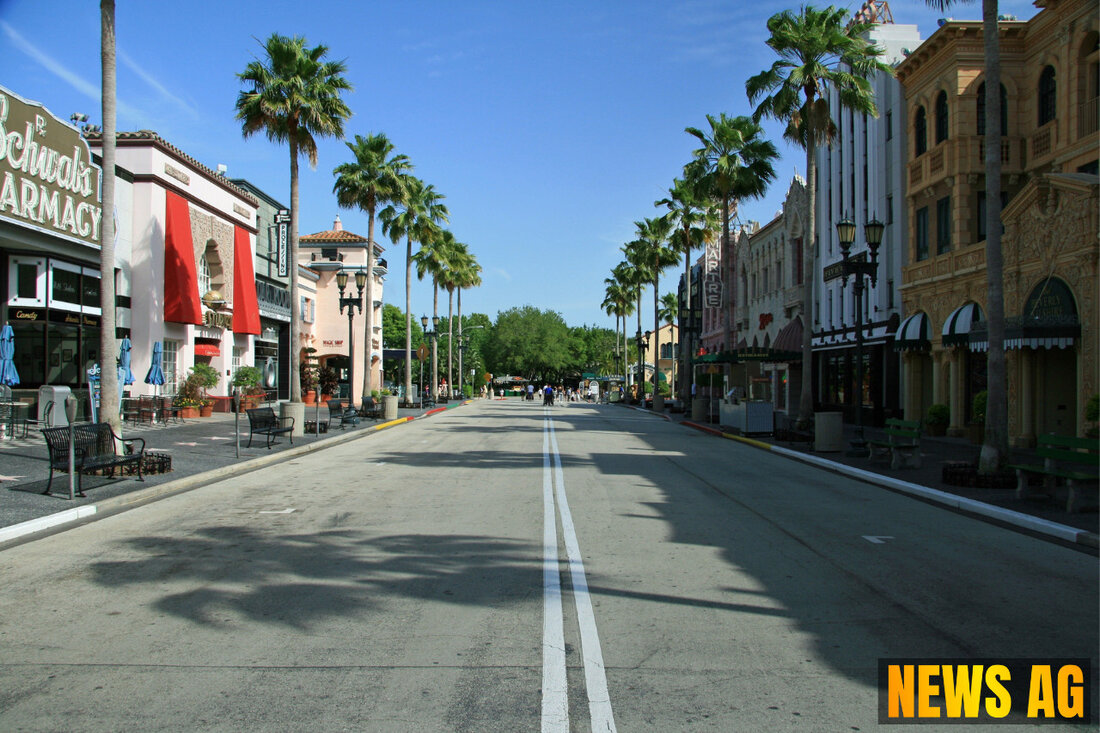Florida Homeowners Embrace Synthetic Turf: Pros, Cons, and New Law!
A new Florida law allows synthetic turf on residential properties, raising environmental concerns and homeowner considerations.

Florida Homeowners Embrace Synthetic Turf: Pros, Cons, and New Law!
In recent times, a new law in Florida has stirred up quite a conversation about the installation of synthetic turf in residential neighborhoods. This legislation prohibits local governments from banning synthetic turf in certain single-family residential properties, paving the way for homeowners who are considering swapping their traditionally manicured grass lawns for a more contemporary option. Jason Kruse, an associate professor of turfgrass science at the University of Florida’s Institute of Food and Agricultural Sciences (UF/IFAS), has delved into the environmental implications of this trend, shedding light on both the benefits and drawbacks of synthetic alternatives.
According to Mainstreet Daily News, synthetic turf is increasingly popular among homeowners drawn to its perceived ease of maintenance and water-conservation abilities. However, Kruse notes that this favorable perception is often shaped more by marketing than by thorough, long-term research. In a detailed comparison, he and his colleagues found that synthetic turf, while offering some conveniences like no mowing or weeding, still requires a good deal of upkeep. Homeowners must regularly rinse the turf to manage pet waste and keep odors at bay, especially in the sweltering Florida heat.
The Appeal of Synthetic Turf
People are finding synthetic turf appealing for several reasons. It stays lush and green year-round without the need for fertilization or irrigation—an attractive feature for those looking to save on watering costs, particularly in drought-prone areas. Also, it minimizes the need for chemical treatments, which can create a safer environment, especially for families with children and pets. The durability of synthetic turf comes into play too, withstanding heavy foot traffic while presenting a consistent and level surface—ideal for sports enthusiasts.
- Year-Round Green Appearance: No brown patches during dry spells.
- Water Conservation: Reduces usage by up to 70%, saving about 55,000 gallons annually.
- Durability: Maintains integrity for 15-20 years.
- Lower Maintenance: Eliminates mowing, weeding, and fertilizing.
Yet, it would be unwise to ignore the downsides. Synthetic turf can reach temperatures up to 160 degrees when exposed to direct sunlight, making it a hot spot for both kids and pets. The environmental impacts also raise eyebrows: it does not absorb rainwater, which can lead to increased stormwater runoff—potentially carrying pollutants into local waterways. As UF IFAS points out, unlike natural turf, which acts as a filtering system for water and supports local wildlife, artificial grass fails to offer these critical ecosystem services.
Weighing the Costs
So, let’s talk dollars and cents. The initial expense for synthetic turf installation can be astronomical, ranging from $5 to $15 per square foot, dwarfing the cost of natural grass sod, which typically varies from 50 cents to $1.50 per square foot. Annual maintenance costs also differ significantly. While synthetic turf demands minimal upkeep—from 25 cents to $1 per square foot—natural grass can run anywhere between 10 cents and 50 cents per square foot. Despite these expenses, some homeowners might find that synthetic turf pays off in the long run, particularly under challenging climatic conditions.
However, as Kruse highlights, the lifespan of synthetic turf is limited to 10 to 20 years, often ending up in landfills where it can take centuries to decompose. This throws a wrench in any sustainability narrative. Moreover, the hard surface created by synthetic turf can contribute to the heat island effect and does nothing to improve soil health, as natural grass would.
Considerations for Homeowners
In making a decision, homeowners might want to take a step back and think carefully. While synthetic turf may sound like a convenient solution for a low-maintenance lawn, it does not replicate the ecological benefits of a living landscape. A well-managed natural lawn can offer enough benefits such as temperature moderation, stormwater filtration, and even pest control just by nurturing the ecosystem around it. Journey Man also emphasizes how artificial grass lacks the ability to support wildlife, unlike its natural counterpart.
The choice between synthetic and natural turf is more than aesthetic; it’s about aligning with ecological principles and community health. Homeowners should weigh all these factors thoughtfully before trading their natural green views for a more synthetic sheen.
